The world of architecture and real estate is evolving rapidly, and one of the driving forces behind this transformation is 3D rendering. What was once considered a luxury reserved for large-scale projects is now a practical and essential tool for modern architects, designers, and real estate professionals.
In this article, we will explore the modern key benefits of 3D architectural visualization, breaking down exactly why this tool has become indispensable in today’s design and real estate markets.
Understanding 3D Rendering and Its Role
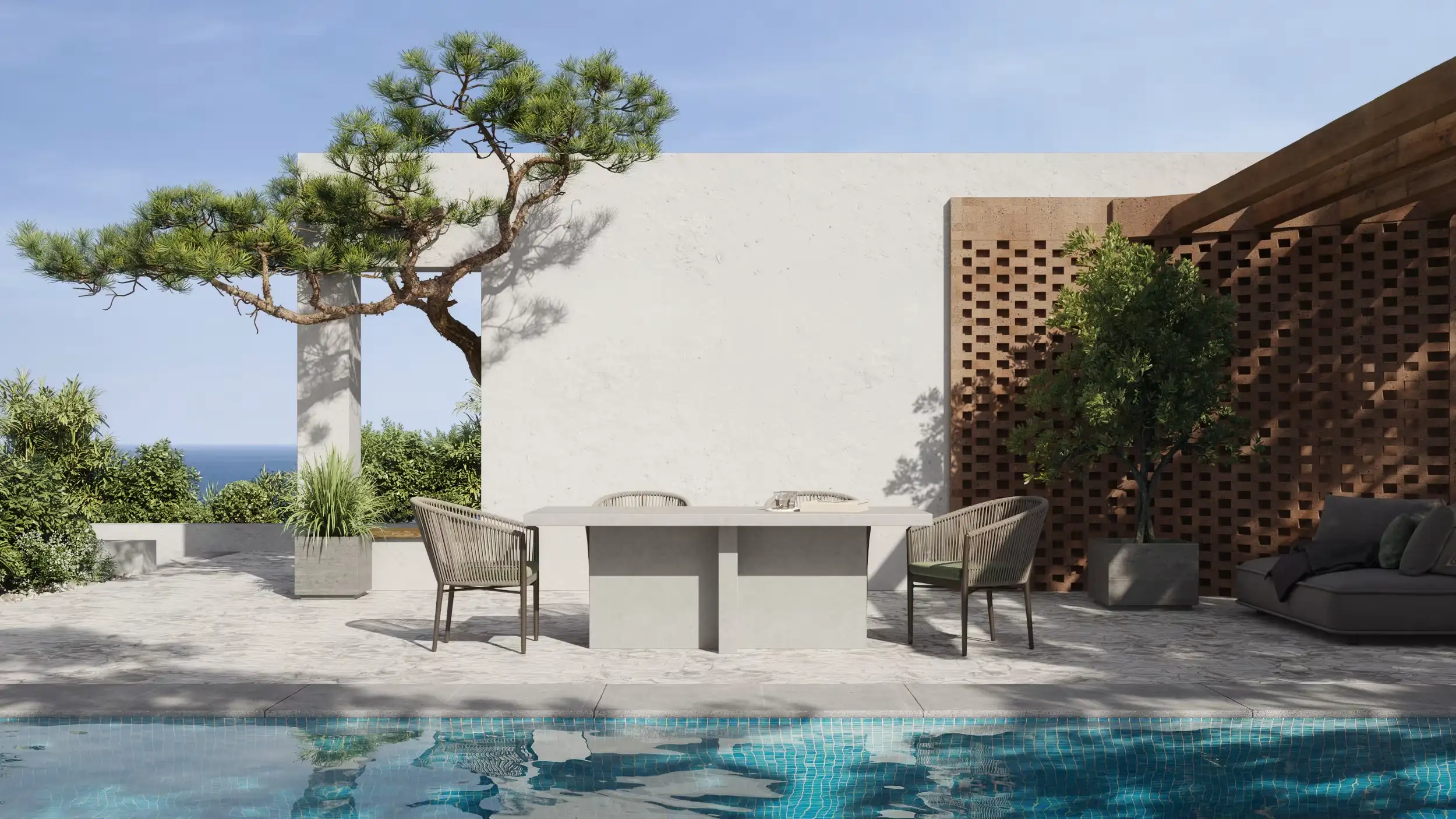
1. What is 3D Rendering?
3D rendering allows experts to present ideas with clarity, accuracy, and visual impact. Instead of relying solely on 2D drawings or blueprints, clients can now explore designs as lifelike visuals that feel tangible and real. This makes it easier to understand layouts, visualize materials, and even experiment with modern exterior siding options or modern siding styles before construction begins.
For architects, this means being able to demonstrate how a building will look under natural light or how modern exterior siding options will affect the overall appearance of a house.
For real estate professionals, it’s a way to showcase both exteriors and interiors with striking accuracy, whether highlighting modern siding styles or offering a glimpse of a modern European style interior.
2. Evolution from Blueprints to CGI
Architecture has always relied on visual communication. For centuries, blueprints and hand-drawn sketches served as the foundation for design presentation. While these methods were precise for builders, they often left clients struggling to visualize the end result.
The introduction of computer-aided design revolutionized this process. Early CAD models offered technical accuracy but lacked emotional appeal. Then came CGI and rendering technologies, which combined technical precision with photorealistic artistry.
Today, whether you’re designing modern commercial architecture, experimenting with brutalist modern architecture, or exploring modern desert architecture, rendering allows professionals to communicate ideas with clarity and impact that was previously unimaginable.
3. Who Are the Clients?
The demand for 3D rendering spans multiple industries. Architects and designers rely on it to refine their projects and present bold concepts.
Real estate developers use it as a sales tool to market properties before they exist.
Construction companies turn to rendering for better project planning, while investors appreciate the ability to see tangible results before committing funds.
Even homeowners benefit by exploring modern siding styles or interior layouts tailored to their vision. In every case, the visualization process enhances communication, builds trust, and reduces costly misunderstandings.
4. Famous Modern Architects
To better understand the importance of visualization, it’s helpful to look at how famous modern architects embrace these tools.
Frank Gehry: Known for his deconstructivist style, Gehry’s projects often use advanced visualization to translate his unconventional forms into buildable realities.
Zaha Hadid: One of the best modern architects, Hadid’s futuristic designs relied heavily on CGI to convey her bold ideas.
Norman Foster: A pioneer in sustainable and modern commercial architecture, Foster uses rendering to showcase eco-friendly design solutions.
Tadao Ando: Famous for minimalist and concrete-heavy projects, Ando’s work reflects principles that align closely with brutalist modern architecture.
Richard Meier: Known for his white geometric buildings, Meier’s projects are often visualized digitally to highlight their precision and light-filled spaces.
These modern architects demonstrate that rendering is not just a marketing tool but a creative ally in realizing groundbreaking designs. Whether it’s showing potential clients modern siding styles, experimenting with futuristic concepts, or conveying the essence of modern desert architecture, 3D rendering has become indispensable.
Key Benefits for Architects and Designers
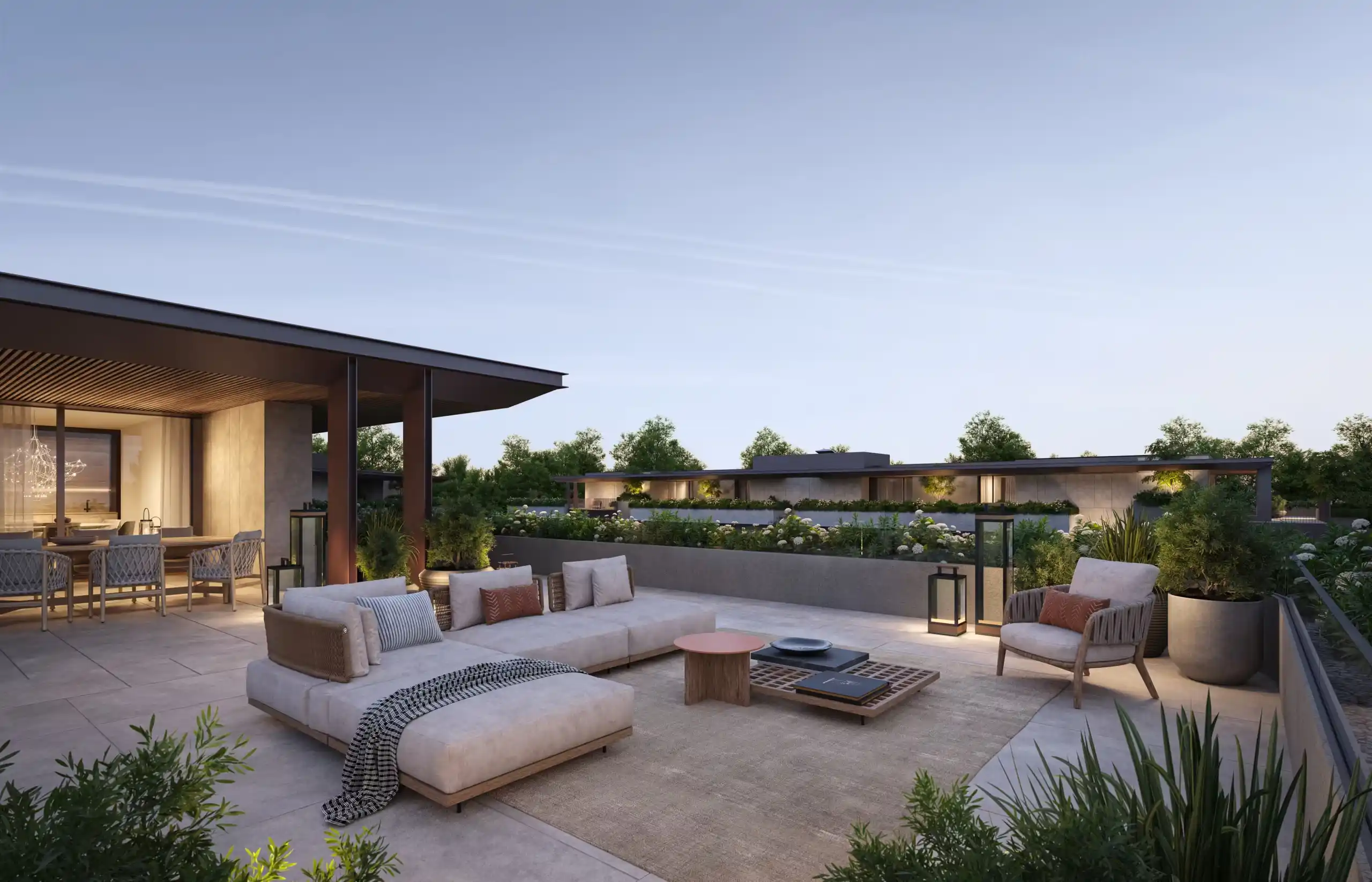
1. Enhanced Visualization and Accuracy
For architects, one of the biggest challenges is communicating abstract ideas to clients. While blueprints and sketches provide technical details, they don’t always capture the full picture. This is where 3D rendering excels.
With lifelike visualization, clients can see exactly how a project will look before construction even begins. Whether it’s the texture of materials, the interplay of light, or the integration of modern exterior siding options, rendering delivers a visual experience that removes guesswork.
2. Early Error Detection and Cost Savings
Errors in design are costly, both in time and money. Traditional methods often reveal mistakes too late—during construction. With 3D visualization, these issues can be identified early in the process.
For instance, if a siding material doesn’t match the intended design, adjustments can be made instantly in the digital model. This prevents expensive revisions during the building phase.
The benefits of computer-aided design merge seamlessly with rendering, enabling professionals to test, modify, and perfect a design before physical resources are used. For both architects and clients, this means substantial savings and smoother project execution.
3. Client Communication
Strong communication is vital in architecture and design. Clients may struggle to interpret technical drawings, but they immediately connect with realistic visuals. A rendered model can highlight modern siding styles, interior finishes, and even landscaping, making it easier for clients to provide meaningful feedback.
This process fosters trust and collaboration, ensuring that the client feels actively involved in shaping the project. The result is fewer misunderstandings, faster approvals, and greater satisfaction.
4. Experimentation and Flexibility
Creativity thrives when experimentation is easy. With 3D rendering, architects and designers can explore multiple design variations quickly, without the cost of building physical prototypes.
Want to compare modern desert architecture with a sleek modern European style interior? Or test the balance between brutalist modern architecture and softer modern commercial designs?
Rendering makes these explorations possible within hours. This flexibility not only inspires innovation but also allows architects to tailor designs to client preferences more effectively.
5. Creating an Impressive Portfolio
In today’s competitive market, a strong portfolio is essential. Renderings help architects and designers present their work in a visually compelling way. Photorealistic images of unbuilt projects can be just as powerful as photographs of completed buildings.
By showcasing projects in diverse styles—from modern siding styles to futuristic skyscrapers—professionals can demonstrate their versatility.
Clients seeking the best modern architects are more likely to be impressed by a portfolio that highlights creative range, attention to detail, and the ability to bring visionary concepts to life.
Why These Benefits Matter
Architects are not only creators but also problem solvers and communicators. The architect benefits of 3D rendering extend far beyond aesthetics; they streamline workflows, enhance collaboration, and improve client relationships.
By leveraging rendering, architects position themselves as forward-thinking professionals capable of handling the demands of modern commercial architecture, residential projects, and everything in between.
In essence, rendering is no longer optional—it’s a necessity. It ensures that every design choice, from the placement of a window to the selection of modern exterior siding options, is intentional and fully understood before a single construction crew arrives on-site.
For architects and designers looking to stand out in today’s landscape, adopting 3D visualization is one of the smartest moves they can make.
Key Benefits for Real Estate and Marketing
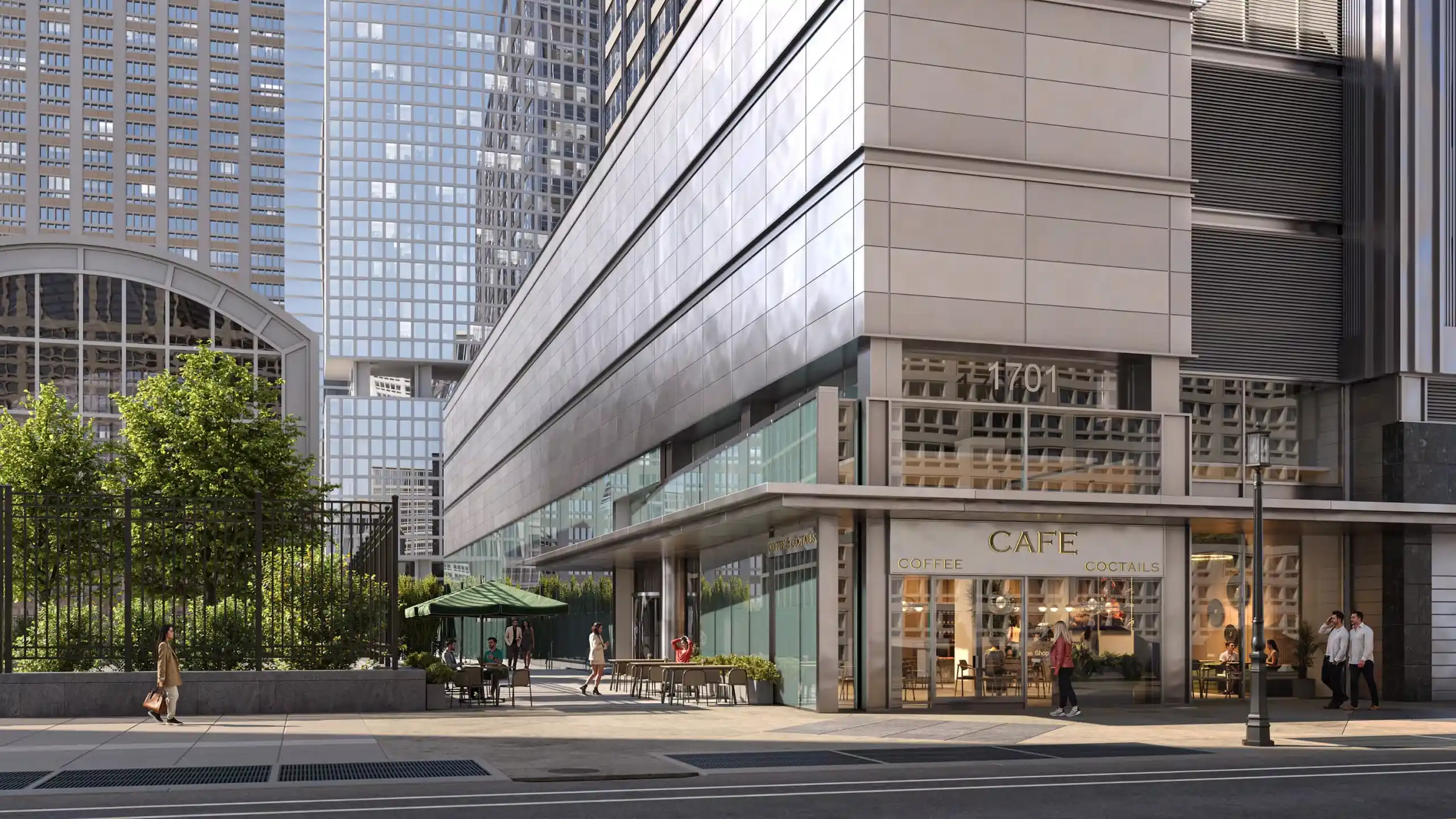
1. A Sales Tool
The benefits of 3D rendering extend beyond design. For real estate professionals, renders act as powerful sales tools. Photorealistic images can sell properties still under construction, giving buyers confidence.
2. Emotional Connection with Buyers
People buy homes based on emotions as much as logic. 3D renders create a sense of “home” before a building exists, helping buyers picture themselves in the space.
3. Marketing Advantage
Listings with professional 3D renders and virtual tours stand out. They receive more views, generate more leads, and sell faster compared to listings with simple 2D floor plans.
4. Virtual Tours and VR
One of the modern benefits of computer aided design and rendering is the ability to create immersive virtual tours. Buyers can walk through a property remotely using VR, making it easier to attract international investors.
5. Accelerating the Approval Process
Municipal authorities often require visual documentation for permits. 3D rendering speeds up approvals by providing a clear picture of the project’s impact on its surroundings.
Unique Benefits Overlooked by Competitors
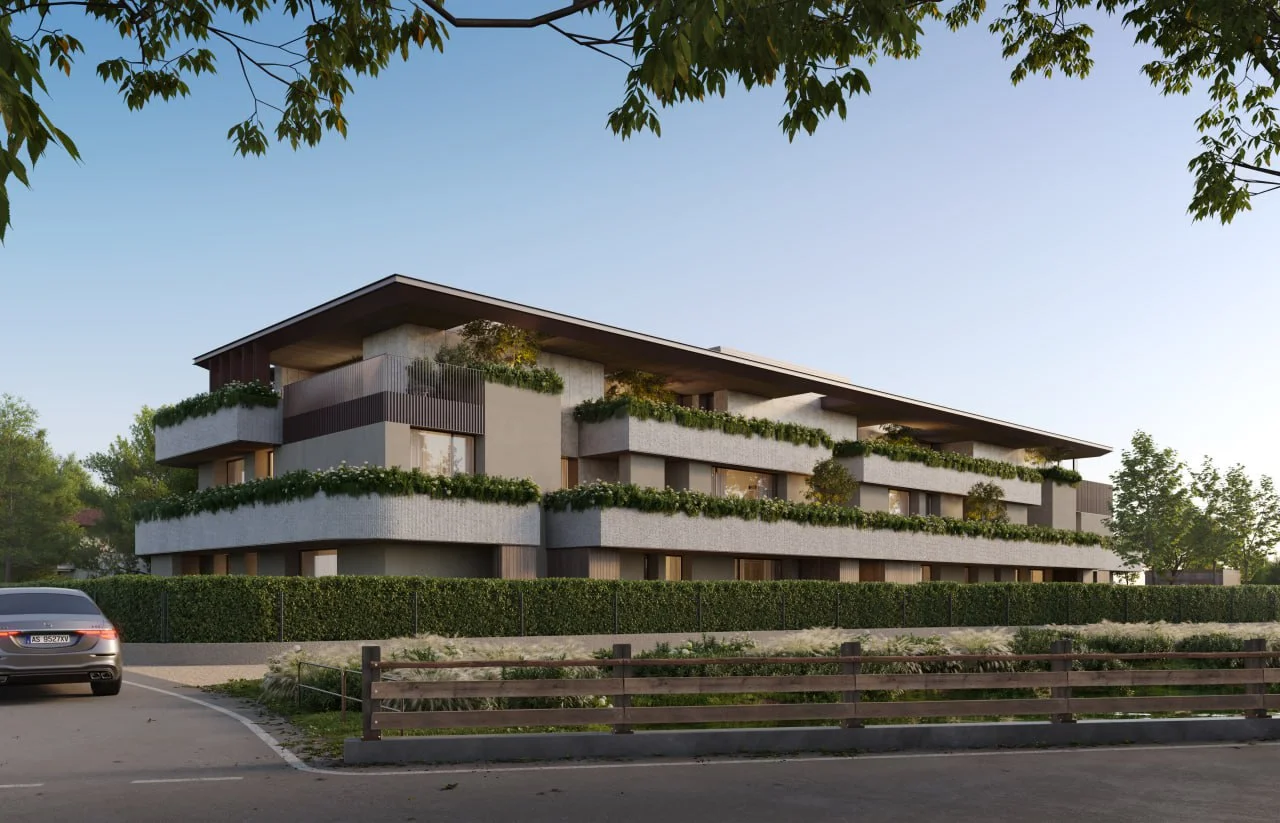
1. Environmental Impact Analysis
3D rendering is not only about visuals. It can also simulate sunlight, airflow, and energy efficiency, helping architects design sustainable buildings and evaluate eco-friendly modern siding options.
2. Collaboration with Other Specialists
Modern construction requires collaboration with engineers, landscape designers, and interior specialists. Shared renders make teamwork seamless by ensuring everyone works with the same vision.
3. Practical Example: A Case Study
Consider a real estate developer building a luxury apartment complex. By using 3D rendering:
– Investors received early visuals to secure funding.
– Clients could choose between modern European style interiors or minimalist designs.
– Marketing campaigns used CGI long before the physical building was ready.
– Sales accelerated, with 70% of units sold prior to construction completion.
This practical case highlights the tangible benefits of 3D rendering for both real estate and architecture.
4. The Future of the Technology
The future promises integration of augmented reality and AI. The benefits of augmented reality in manufacturing are already clear—soon, buyers may virtually furnish their homes, changing modern siding styles or interiors in real time before making decisions.
Practical Aspects and Tips for You
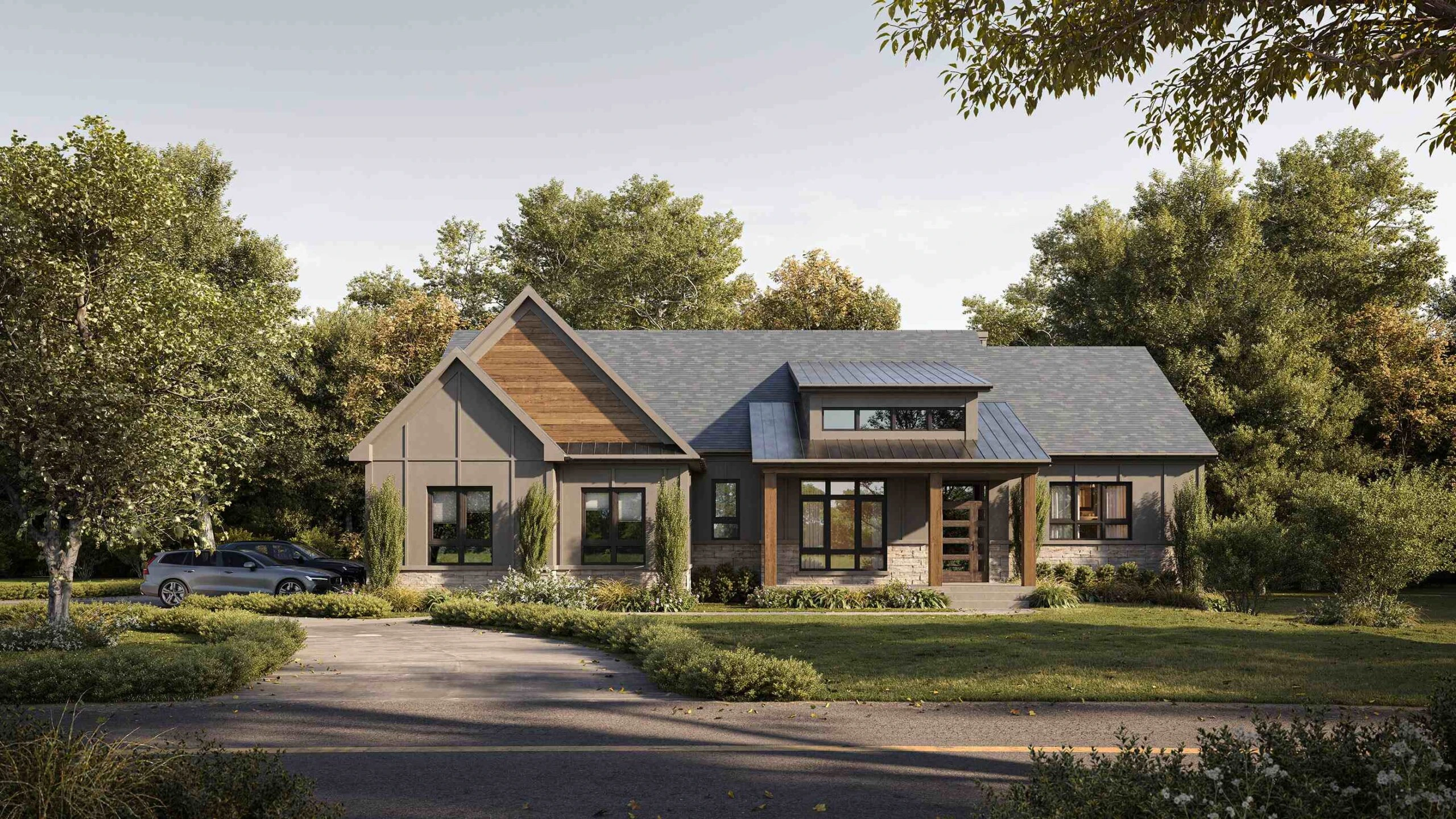
1. How to Get Started with 3D Rendering?
Here are our tips:
- Identify your needs (architectural visualization, real estate marketing, or portfolio building).
- Choose between freelance 3D artists or professional studios.
- Gather design files (floor plans, sketches, and reference images).
- Communicate expectations clearly regarding style and level of detail.
2. How Much Does 3D Rendering Cost?
The cost of 3D rendering can vary widely, and it usually depends on several key factors. The complexity of the project is one of the biggest drivers—simple interior spaces with minimal furniture and materials will be less expensive than large-scale architectural projects with intricate details.
The number of renders required also plays a role: a single image is more affordable than a full package of interior and exterior views.
Another factor is the level of realism and quality requested. High-resolution renders with lifelike textures, advanced lighting, and photorealistic finishes naturally require more time and expertise, which increases the price.
Additional elements like custom 3D modeling, integration of modern exterior siding options, landscaping, or detailed interior decor also impact costs. If a project requires an animation, walkthrough, or VR tour, the price rises further due to the complexity of creating movement and interactivity.
Turnaround time is another consideration—urgent deadlines often involve higher fees to prioritize delivery.
It’s important to view rendering as an investment rather than an expense. By visualizing the project before construction, you reduce costly errors, streamline client approvals, and accelerate sales. Ultimately, the right rendering service pays for itself by improving efficiency and boosting the overall success of a project.
3. Working with a Studio
A dedicated studio doesn’t just provide images—it delivers a complete visualization service that covers everything from modern commercial architecture exteriors to modern European style interior designs.
At Freedes Studio, we specialize in creating photorealistic 3D renders tailored to your project’s needs. By working with us, you gain access to advanced technology, creative insight, and streamlined project management that saves both time and money.
Whether you’re an architect, real estate professional, or interior designer, our 3D rendering studio ensures that every detail is polished and every visualization reflects your vision with accuracy and impact.
Final Thoughts
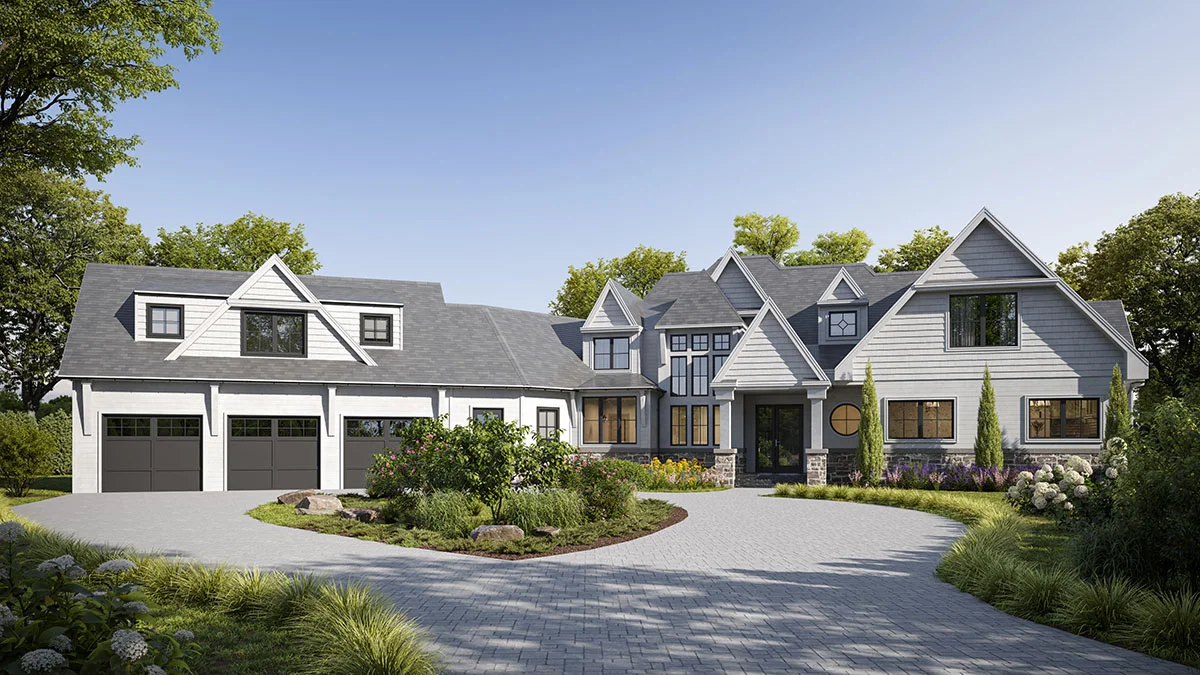
The benefits of 3D rendering for architects, designers, and real estate professionals are undeniable. From enhanced visualization and client communication to faster sales and marketing advantages, 3D rendering has become an essential tool. As technology evolves with VR, AR, and AI, its role will only grow.
For anyone involved in modern architecture, real estate, or design, embracing visualization is not just an option—it’s a necessity.
Whether you’re exploring modern siding styles, planning a brutalist modern architecture project, or seeking to impress clients with photorealistic portfolios, 3D rendering delivers the clarity, accuracy, and emotional connection needed to succeed in today’s competitive market.